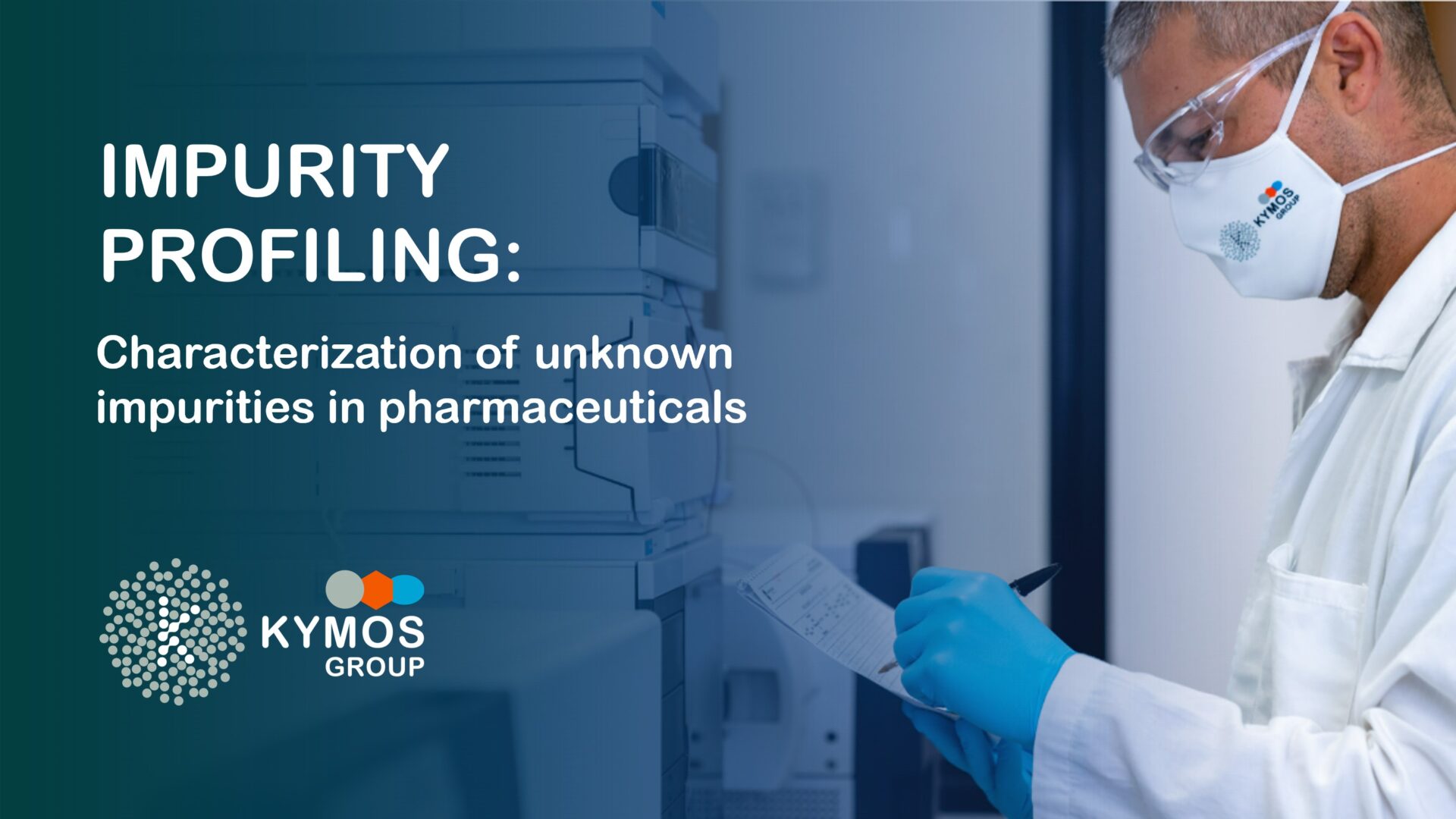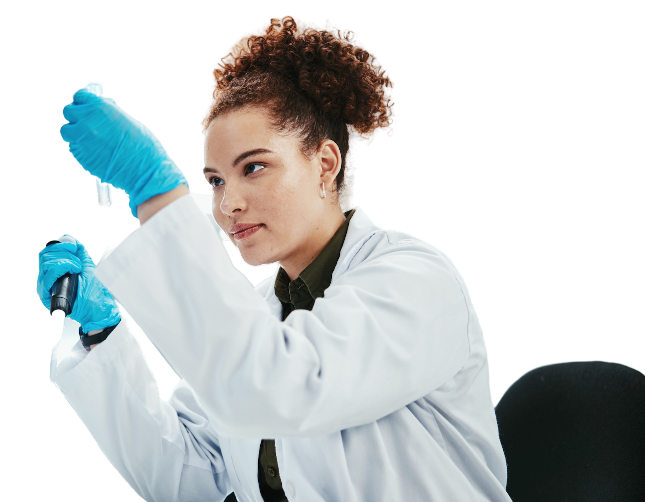
Characterization of unknown impurities found in pharmaceutical substances and pharmaceutical products is a vital part of the regulatory approval process. According to ICH guidelines, if the estimation indicates an impurity content higher than 0.1%, it must be identified and characterized ensuring compliance with all regulatory requirements. This process is also known as impurity profiling.
The present article focuses on this process, giving more context about impurities and detailing what techniques and equipment are employed by Kymos Group when dealing with them.
Understanding impurities and their classification
Going by the WHO definition, an impurity is “any component present in the drug substance or drug product that is not the desired product, a product-related substance, or excipient including buffer components. It may be either process- or product-related”.
The source of these impurities then can be attributed to various phases of the synthetic process of the drug substance. They can be found on the starting materials, produced in the manufacturing process, created in the degradation process formed during storage and shipment, or even found on the solvents used during the manufacturing.
Classification for impurities in drug substances
Combining the source, the composition, and the biological safety, the ICH has come with a major classification for impurities in drug substances:
-
Organic impurities:
Found during the manufacturing process or created during the storage. They can be identified or unidentified. They include starting materials, by-products, intermediates, degradation products, reagents, ligands, and catalysts.
-
Inorganic impurities:
Resulting from the manufacturing process and they are normally known and identified. Included are reagents, ligands, catalysts, heavy metals or other residual metals, inorganic salts and other materials like filter aids or charcoal.
-
Residual solvents:
Derived from the manufacturing process and classified based on the potential risk to human or animal health. Read more about VICH GL18 (R2) and residual solvents.
Guidelines on the control of impurities and their characterization
As mentioned before, ICH guidelines require that any unknown impurity present in the new drug substance with a level higher than 0.1% must be characterized. If they are above this threshold they need to be identified and individually specified in the specifications.
Conversely, if an impurity falls below this limit, identification is generally unnecessary, except in situations where the potential harm is anticipated to be unusually high.
It’s worth noting that ICH guidelines require that degradation products detected in the stability studies of the drug product must also be identified if they have a level higher than the identification thresholds. These limits are found in the ICH Q3A (R2).
Techniques used for impurity profiling
When identifying impurities and degradation products, various methods can be employed. The conventional approach involves verifying the retention times of unknown analytes against their standards using a developed method, typically through spiking.
When a peak is above the identification threshold it is marked for identification and structural elucidation. At Kymos Group, this process is commonly executed using UPLC or HPLC.
Although this has been the conventional method for many years, we predominantly use hyphenated techniques instead because they are faster and easier to use when several impurities must be characterized in a single sample.
They are also preferred because we avoid potential problems when unstable impurities are formed or if there is a possibility of a secondary reaction during processing.
For these specific reasons, we have settled on using LC-MS as it has the potential to give nearly clear structural information about the unknown analyte, and also specifically the Orbitrap Mass Spectrometer.
Kymos Group capacity and new facilities
In response to the sustained growth of our operations throughout 2023, and specifically to meet the needs of our clients regarding impurities analysis and testing, we have recently expanded our site in Italy with brand new facilities.
This new building has three times the area of the previous plant and features three new laboratories designed with the “lean lab approach”.
This strategic investment not only will result in a substantial increase in our impurities analysis capacity but also broaden our range of services in research, development, and quality control of biopharmaceutical products.
The new laboratories have already received approval from the AIFA (Agenzia Italiana del Farmaco) following a thorough physical audit of the facilities, and we are ready to assist with any projects that come our way.
If you require assistance with your impurities characterization or any of your CMC or bioanalytical studies, please do contact us or send us an email to commercial@kymos.com

